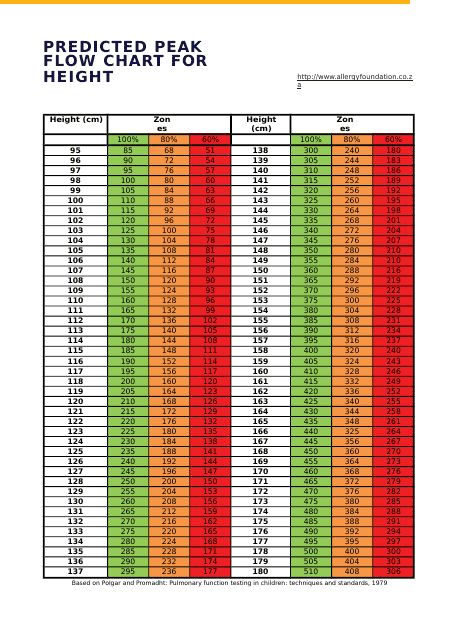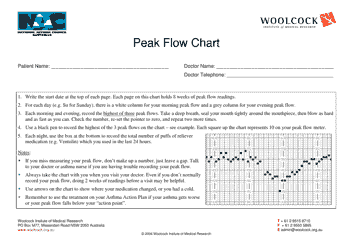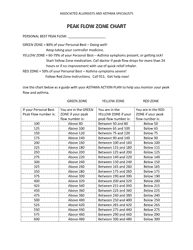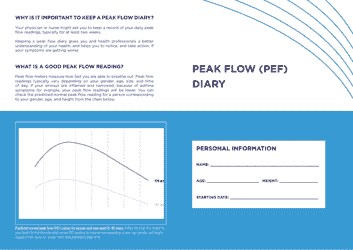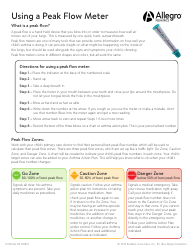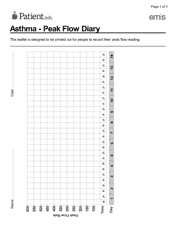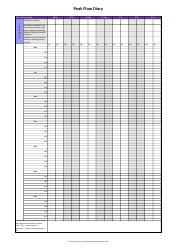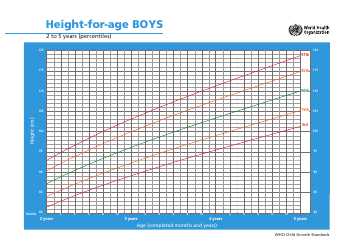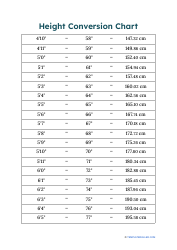Predicted Peak Flow Chart for Height
A Predicted Peak Flow Chart for Height is used in healthcare, particularly in the treatment and management of lung conditions like asthma or chronic obstructive pulmonary disease (COPD). It's a tool for measuring the maximum speed of expiration, or how quickly a person can breathe out, which can help assess how well the lungs are performing.
The 'predicted' part of the chart refers to standardized peak flow rates that are expected for people of different heights. Thus, by comparing an individual's actual peak flow measurement with the predicted value for their height, healthcare professionals can determine if a person's lungs are functioning as well as they should, or if there may be an underlying lung condition that needs treatment. These charts are particularly vital for assessing and treating respiratory diseases.
It's important to remember, however, that other factors can influence peak flow rates as well, including a person's age, gender, and overall health.
The Predicted Peak Flow Chart for Height is typically filed by medical professionals, particularly those specializing in pulmonary, respiratory, or asthma care. This could be a general practitioner, a pediatrician in case of children, or a pulmonologist. The chart helps in assessing lung function and the severity of asthma in patients.
FAQ
Q: What is a Predicted Peak Flow Chart for Height?
A: A Predicted Peak Flow Chart for Height is a reference table to determine the expected maximum rate at which someone can expel air from their lungs based on their height. It's used mainly to monitor lung function, particularly in diagnosing and managing conditions like asthma.
Q: How does the Predicted Peak Flow Chart for Height work?
A: The chart provides predicted peak flow rates based on a person's height. Individuals can compare their actual peak flow rate, measured using a device called a peak flow meter, to the predicted one for their height. If their actual rate is significantly lower, it could indicate reduced lung function.
Q: Can the Peak Flow Chart differ across countries?
A: Yes, peak flow rates can differ due to ethnic, physiological and environmental variations among different populations. Therefore, a separate chart might be used for different countries or regions.
Q: What factors might affect the Predicted Peak Flow Rate?
A: In addition to height, other factors can affect the Predicted Peak Flow Rate such as age, gender, ethnicity and the person's overall health status. However, height is one of the primary indicators.
Q: Can the Predicted Peak Flow Chart be used in diagnosing disorders?
A: Yes, it is often used in diagnosing and managing lung disorders such as asthma and chronic obstructive pulmonary disorder (COPD). However, it's just one tool among others and should be used in conjunction with other tests and medical examinations for an accurate diagnosis.
